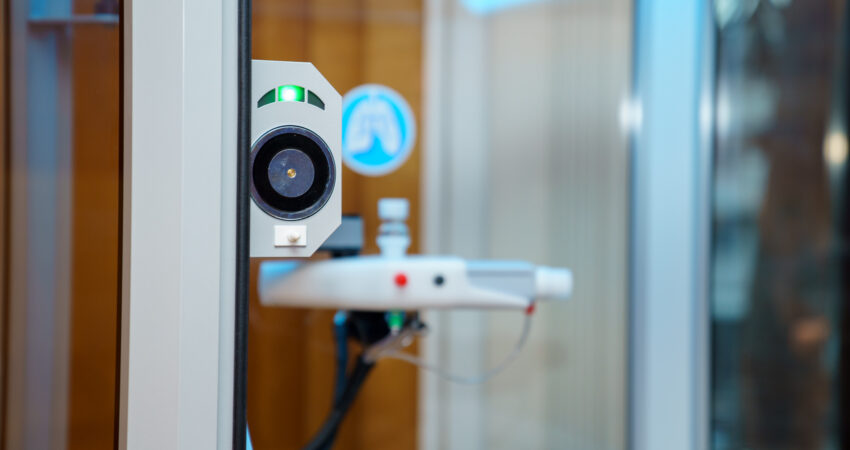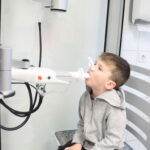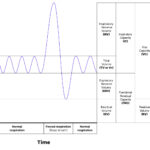Understanding Residual Volume (RV) in Respiratory Physiology Residual Volume (RV) is a critical measure in respiratory physiology, representing the amount of air remaining in the lungs after a maximal exhalation. This volume is essential for understanding lung function, diagnosing respiratory…


Understanding Functional Residual Capacity (FRC) in Respiratory Physiology Functional Residual Capacity (FRC) is a crucial measurement in respiratory physiology, representing the volume of air remaining in the lungs at the end of a normal, passive exhalation. Understanding and measuring FRC…

Understanding Total Lung Capacity (TLC) through Body Plethysmography Total lung capacity (TLC) is a fundamental aspect of respiratory physiology, representing the maximum volume of air the lungs can hold after a full inhalation. Measuring TLC accurately is crucial for diagnosing,…
In the context of pulmonary function testing, a Z-score and LLN (Lower Limit of Normal) are statistical measures used to interpret test results: Z-Score A Z-score represents the number of standard deviations a value is from the mean of a…



